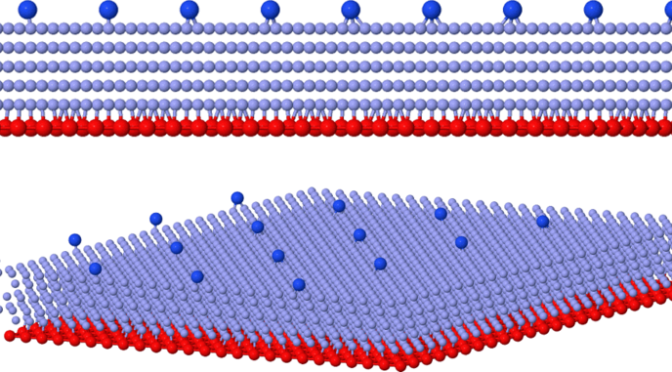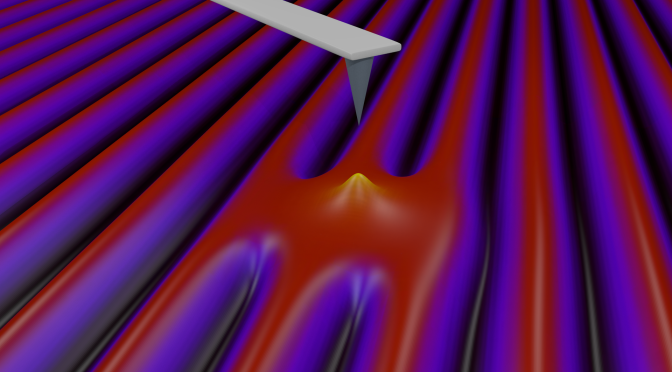MODELING THE PHYSICS OF (NANO)FRICTION
Principal Investigator: Erio Tosatti
Project duration: 01 May 2013-30 April 2019
Location: Scuola Internazionale Superiore di Studi Avanzati (SISSA), Trieste, Italy
and in part
The Abdus Salam International Centre for Theoretical Physics (ICTP), Trieste, Italy
Research statement:
Sliding friction and mechanical dissipation phenomena, extremely important for technology and everyday life, have historically been described phenomenologically at best. That is a very unsatisfactory state of affairs from a physics point of view, but very little progress occurred for a long time due on one hand to poorly accessible and ill-characterized experimental conditions, and to lack of theoretical bases for complex, strongly non-equilibrium phenomena on the other hand. Luckily, nanoscale friction experiments provided data and understanding which decisively kicked forward the physics of this century-old, but incompletely studied area of physics. Nano- and meso-scale phenomena with no precedent in classic friction are emerging in tip based and other sliding and dissipation measurements. The theoretical study of these atomic scale phenomena which we are conducting reveals opportunities for the control of friction, based on harnessing and modifying collective phenomena in the substrate. The nanofriction dependence upon collective and potentially also quantum phenomena phenomena at the sliding interface as well as in the bulk solid underneath offers a totally novel sort of mechanical, “Braille” spectroscopy with potential insight into the systems involved. Additionally, exciting laser based nanosystems just appeared – some of them thanks to our theoretical suggestions – in the last few years.
The scope of ERC project MODPHYSFRICT is first of all to understand and predict the physics involved, by modelling, calculatig and simulating the atomistic behaviour of friction at the nanometer scale. Frictional anomalies are predicted to accompany structural and ferroelectric phase transitions, which thus provide not only an opportunity of principle for friction control, as well as a live example of mechanical spectroscopy of electronic, magnetic and quantum collective and local phenomena taking place under the slider. A strong priority is the theory and simulation of the forced sliding of trapped colloids or of cold ions in laser generated optical lattices, ideal systems where where nanoscale and mesoscale friction can be experimentally emulated. Our range of theoretical approaches covers phenomenology, model building and testing, molecular dynamics atomistic sliding simulations, both empirical and ab initio, electronic and magnetic dissipation modelilng. Besides that basic bread-and-butter effort, more fundamental questions are addressed, such as the role of quantum mechanics of nuclei, as well as the actual possibility to build a more physically grounded theory of mesoscopic friction as a non-stationary phenomenon embedded in ordinary condensed matter theory and non-equilibrium statistical mechanics. In order to achieve all that, we assembled together a team of students, postdocs, and leading condensed matter theorists operating mostly in SISSA Trieste, and also in ICTP Trieste and elsewhere, in good contact with European experimental groups. The scientific outcome so far led to over 50 high-level papers, and a much larger number of invited lectures and presentations throughout the world.



